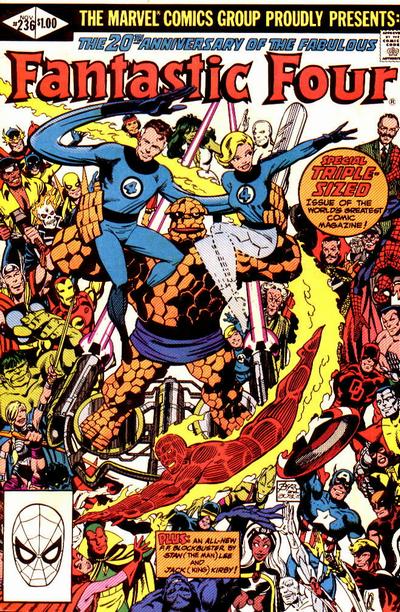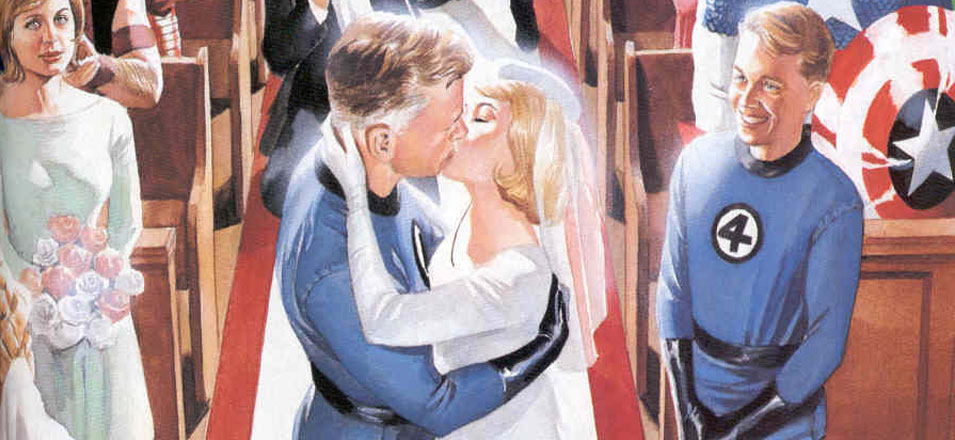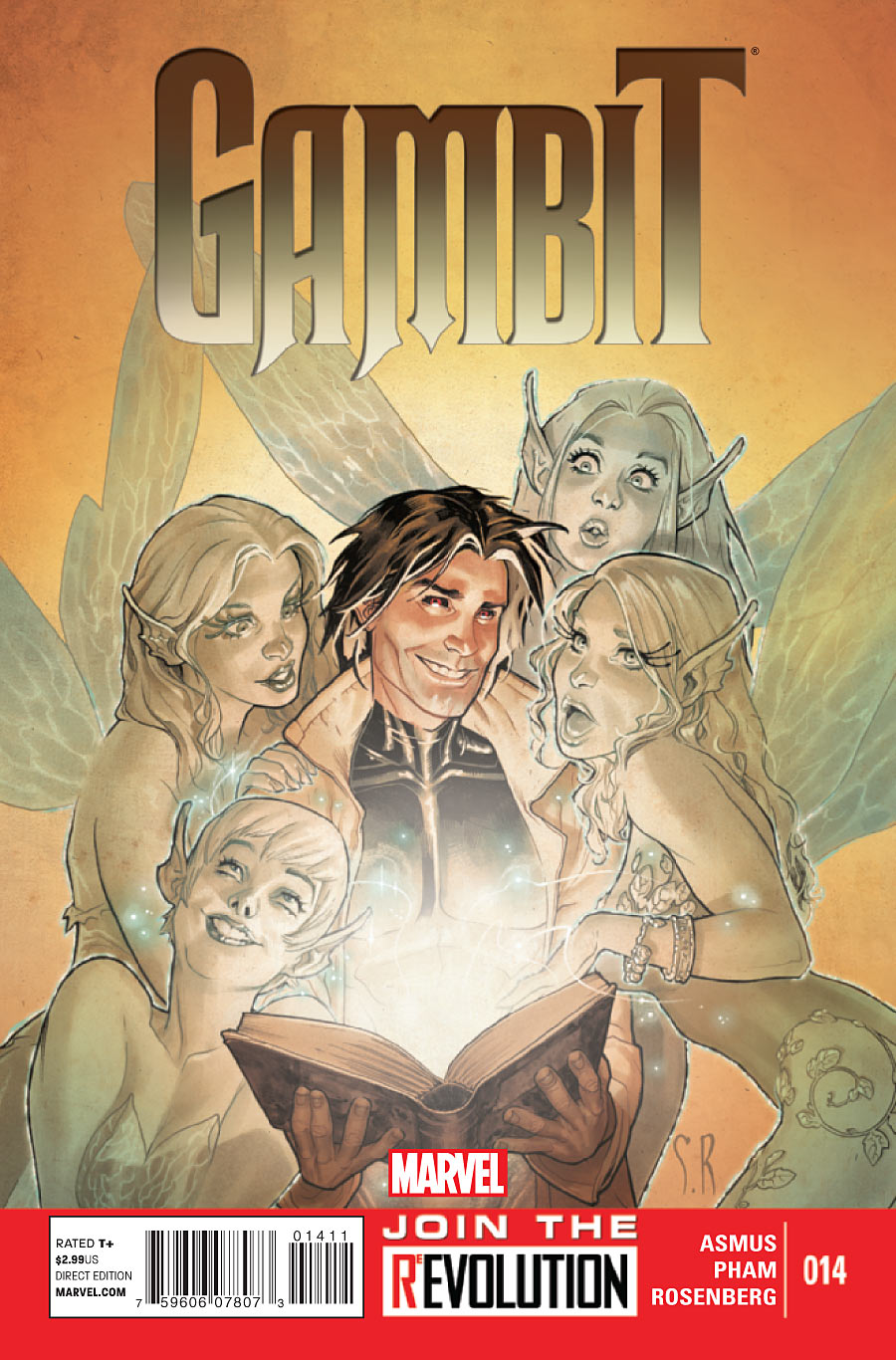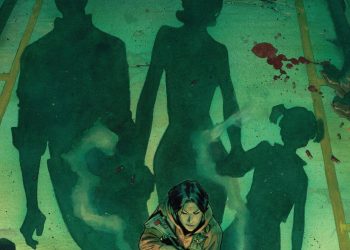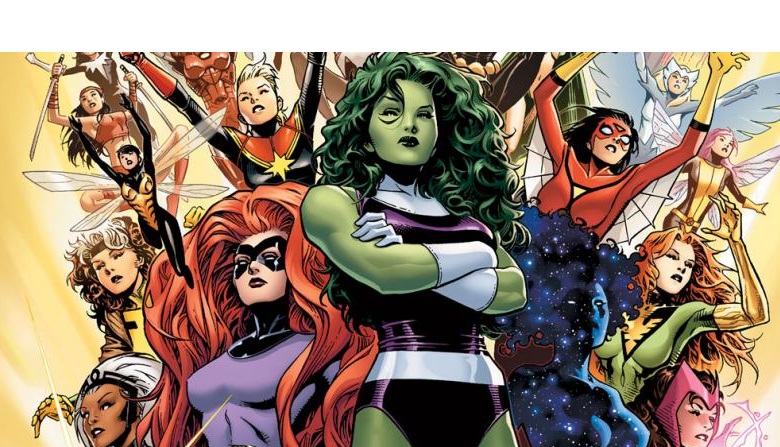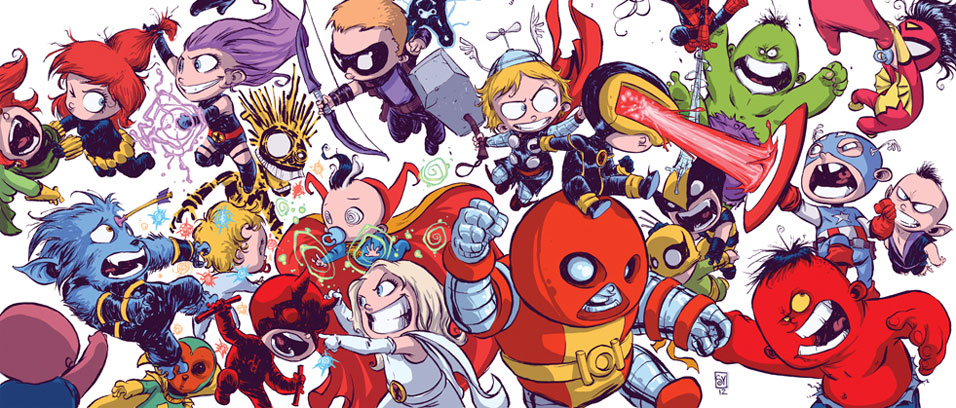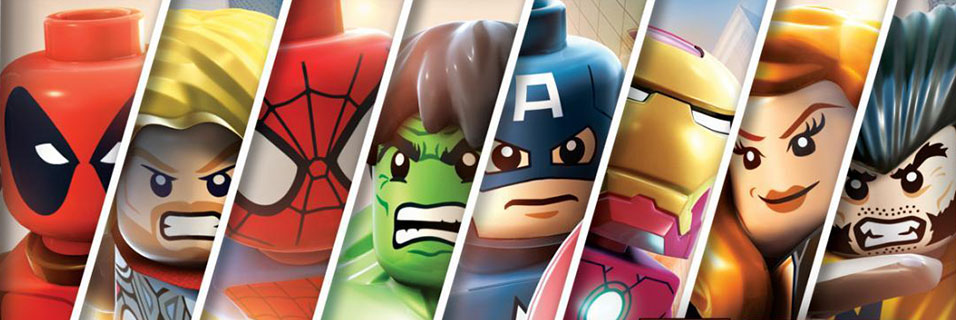Wonder Woman #36
Writer: Meredith Finch
Penciller (sic): David Finch
Inker: Richard Friend
Colorist: Sonia Oback
Review by Joey Braccino
“Uhhh… what just happened?”
I’m sure there will be some readers that open Wonder Woman #36 and love the sumptuous, dynamic artwork from David Finch. There will be some readers that will relish the increased continuity with other ongoing DC series like Justice League and Superman/Wonder Woman. There will be some readers that prefer the emotionally amorphous, clichéd representation of the female lead as at once insecure as well as unstable.
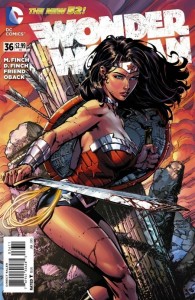
At least, I imagine so, because someone somewhere in a position of power thought that readers would want Wonder Woman #36.
The issue starts with an extended sequence of panels showcasing a series of devastating rainstorms and tsunamis. Under David Finch’s gorgeous pencils, the panels are an absolute wonder to behold: action-packed, cinematic, and intensely detailed. There is a mysterious figure shown only in silhouette that we can assume to be the villain of the new run. And then the sequence shifts to Wonder Woman nude, in the shower, washing the blood off of some battle (?).
So yeah, that was red flag number one. For me at least.
I’ve only read a few issues of the previous run from Brian Azzarello and Cliff Chiang. I know that there was some criticism of that run for various reasons from contextual to conceptual, but I also know that Chiang’s artwork was always lauded. I do remember reading the first issue, and Chiang does portray Diana nude in the shadows during that issue. In fact, Chiang’s portrayal “showed more” than Finch’s shower scene here, and yet Finch’s stylized panels are so incredibly sexualized that I laughed out loud. All of the criticism that DC received when David Finch was announced as the new Wonder Woman artist was warranted, as Finch’s luscious aesthetic feels dated in its sexualization of the eponymous lead.
Whereas David Finch is a recognizable name (and visual style) in the comics industry, Meredith Finch is a relative newcomer to the world of mainstream comics. That inexperience shows in this first issue, as the narrative suffers from both a choppy plot and inconsistent characterization. While Wonder Woman #36 does maintain most of the continuity of the previous issues, Finch’s handling of Wonder Woman’s emotional development is all over the place. Gone is any semblance of the warrior Amazonian iconic superheroine; instead, Diana is, for some of the issue, an incredibly insecure new leader and, for some more of the issue, a reckless, unstable, belligerent interrogator gunning for Swamp Thing. Wonder Woman delivers a lengthy monologue to Aquaman that attempts to explain away her radical shifts in behavior, linking it back to all of her new responsibilities as Queen and Justice Leaguer and Lover-of-Superman and Hero and all that, but the moment comes so late in the issue (and is so heavy-handed) that Finch does not earn the pathos necessary to justify her titular heroine’s actions.
Ultimately, the dialogue and narration is heavy-handed and clunky (“What Vegetative Injustice Was Worth So Many Lives!?” forreal); the artwork is expertly detailed and executed, but will be wildly divisive in its representation of the female lead.
And look; some readers will dig it, I’m sure, but for a company interested in elevating its primary female character to the iconic status she so rightfully deserves, Wonder Woman #36 is not the way to go.
Verdict
Skip. For some, sure, this will be a clear and clean addition to the DC continuity with an excellent example of Finch’s artwork. But not for me. For most readers, this is going to be one of those “I told you so” moments; a lot of the criticism and concerns that the new direction garnered when DC announced it ended up coming true. Sorry. #wonderwomanforpresident


